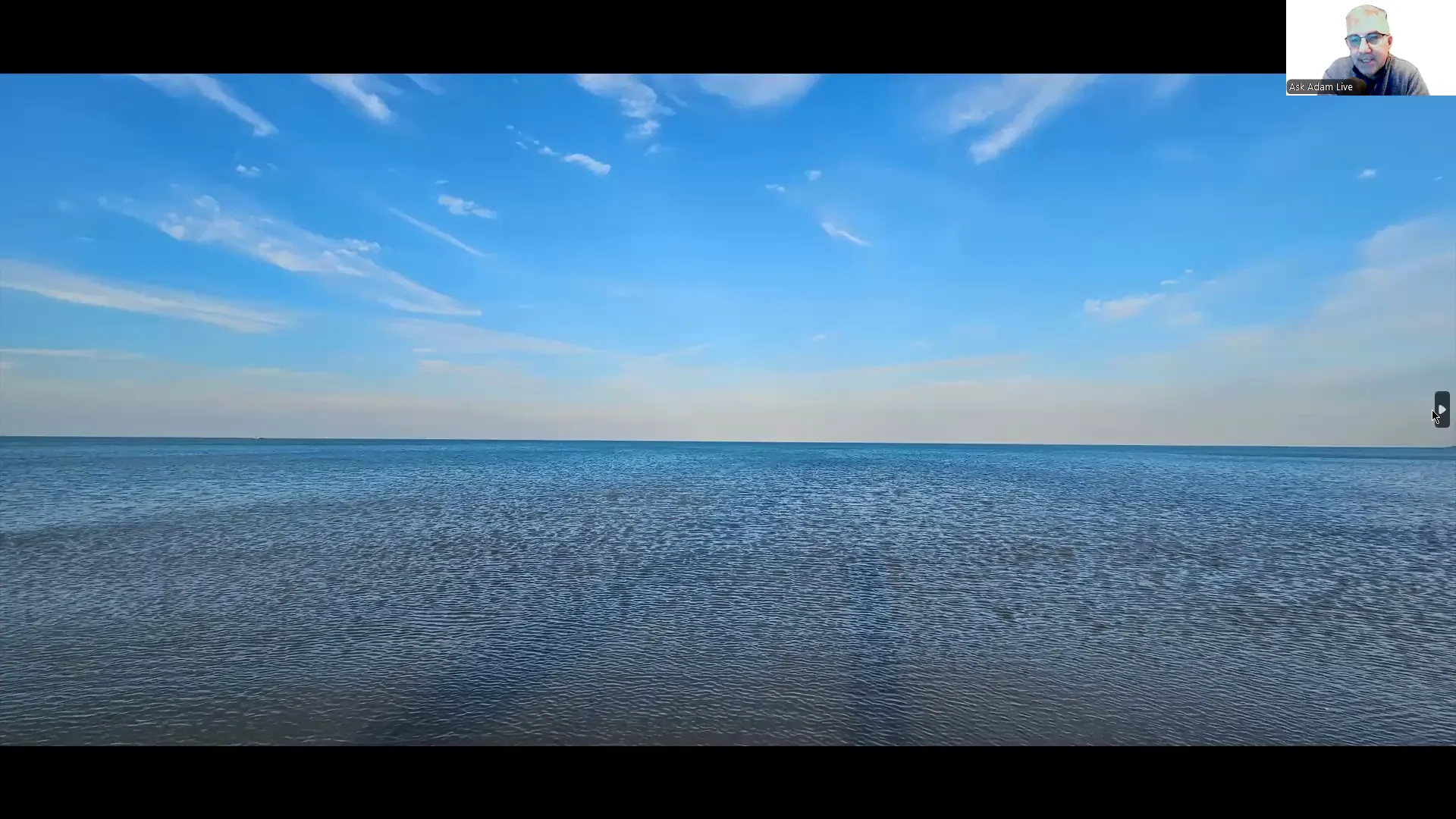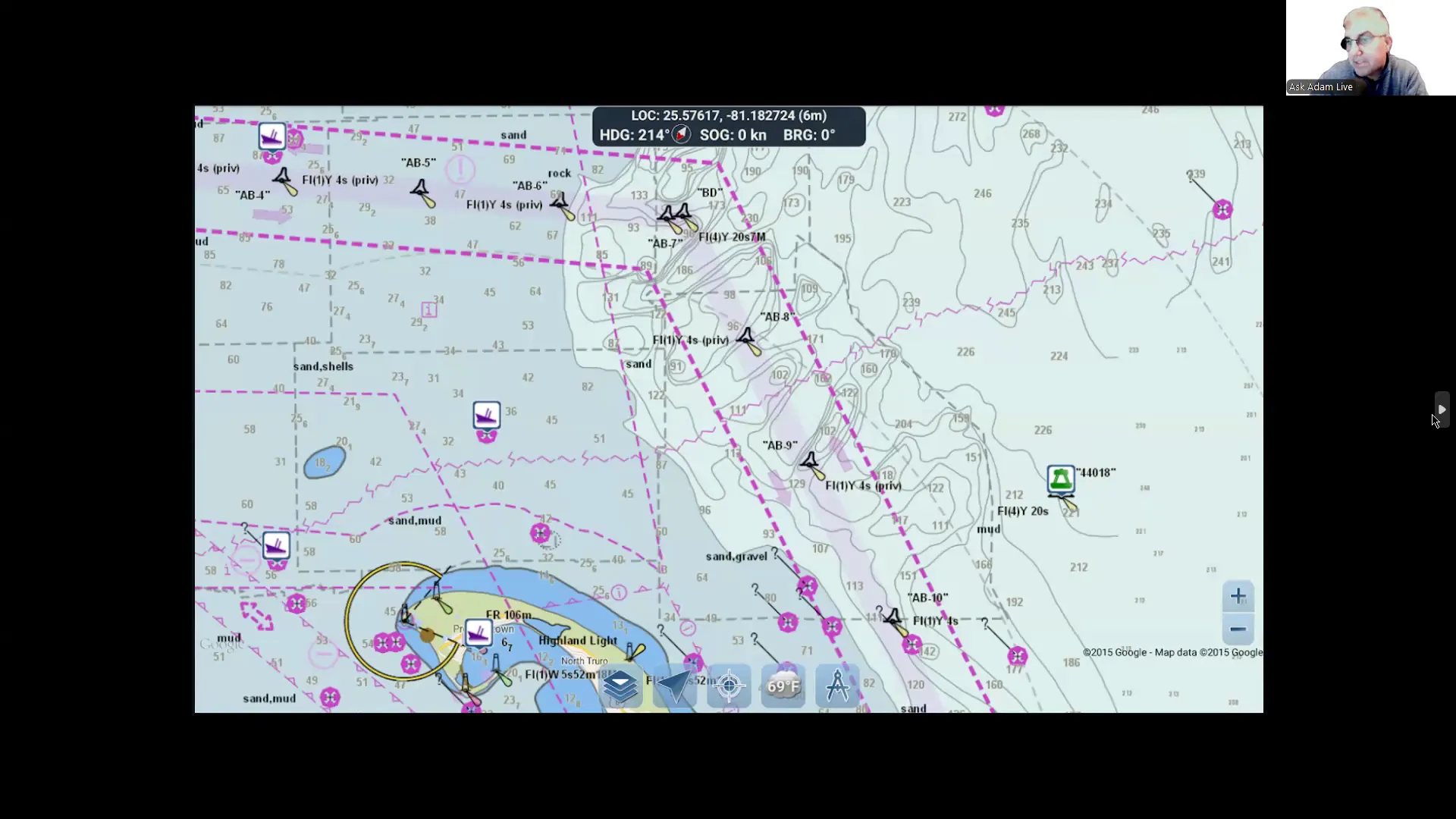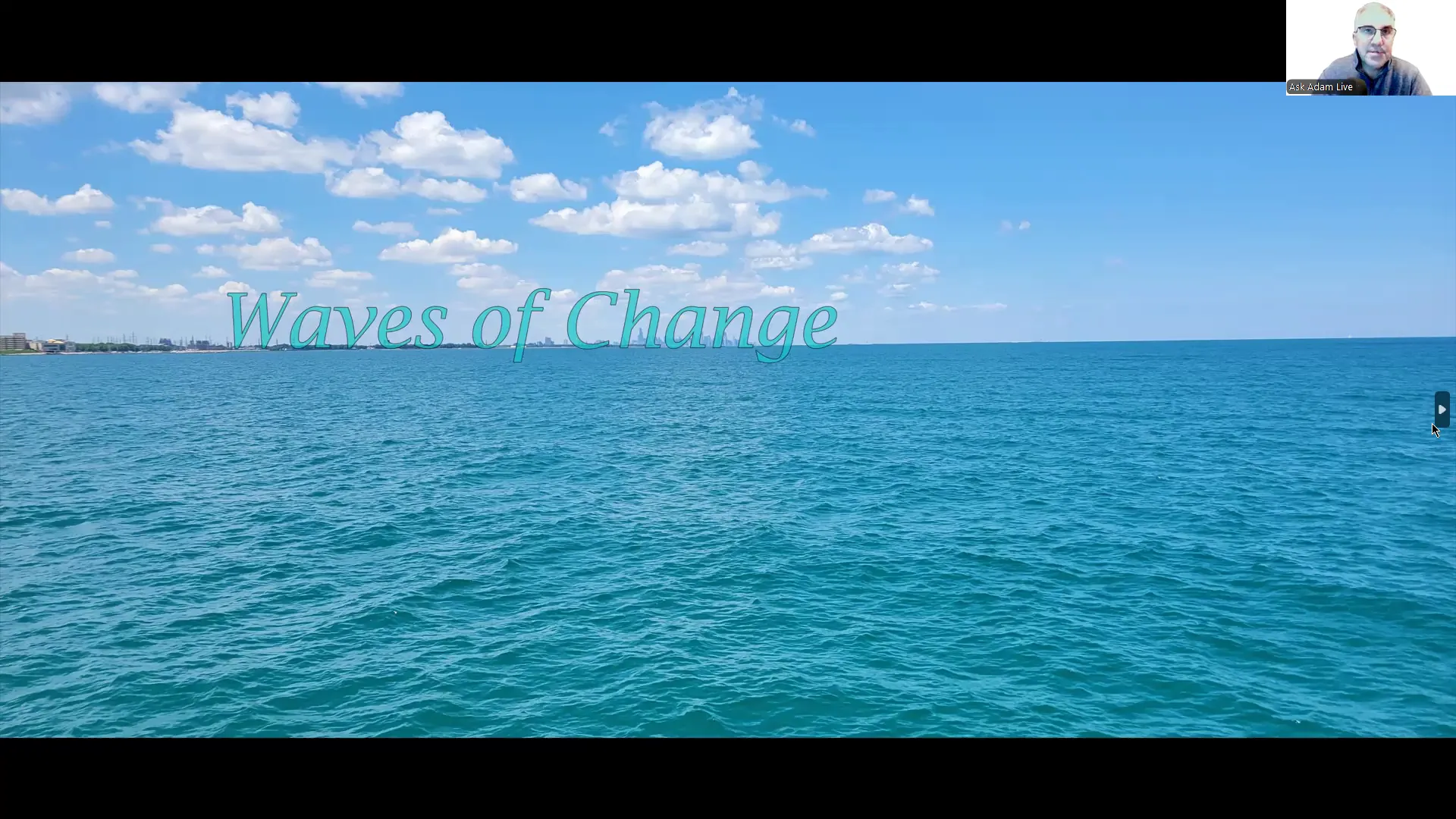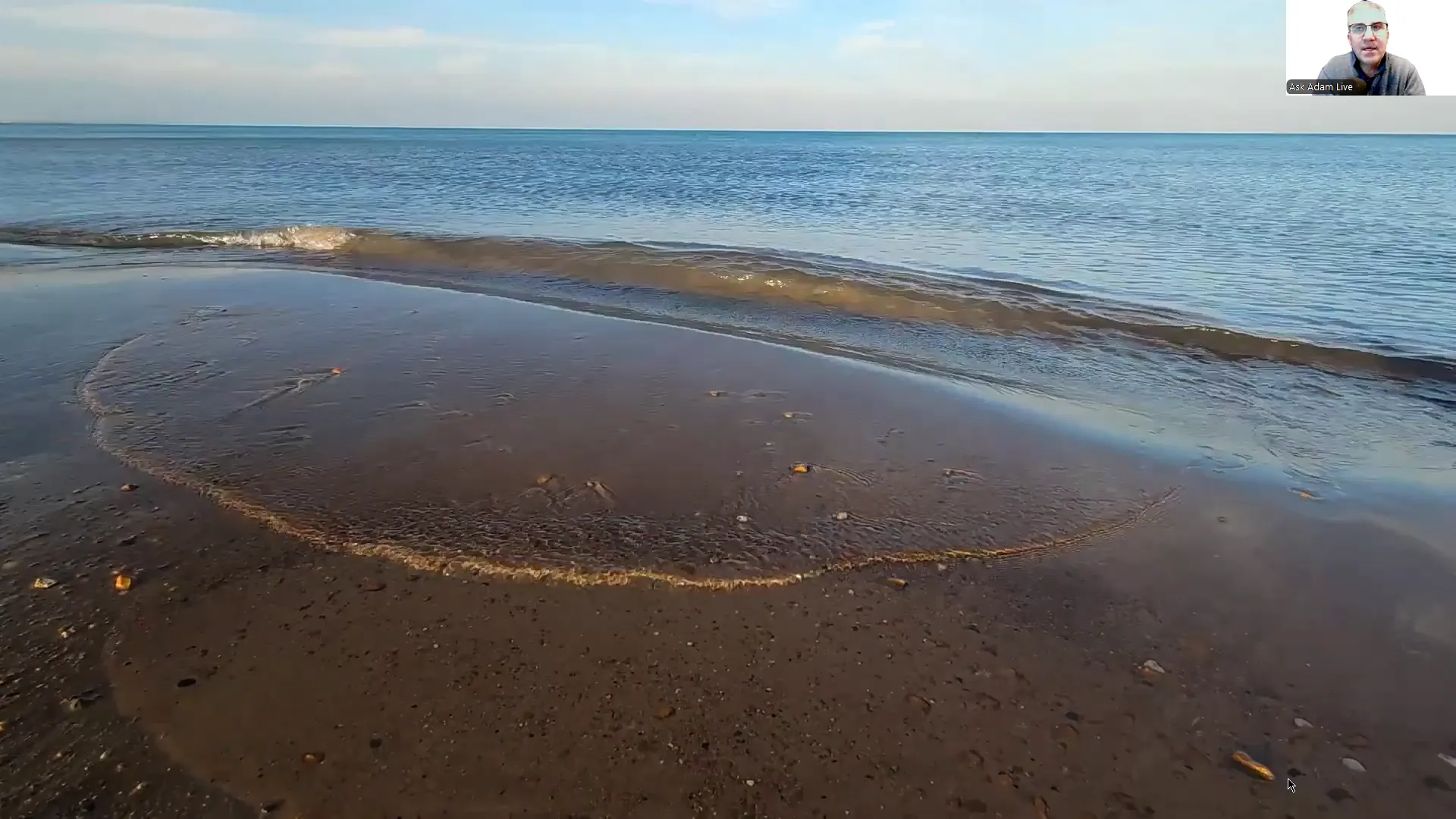Episode 002
Lessons from the Water
Life can often feel like a vast ocean, full of unpredictable waves and changing currents. Understanding how to navigate through these waters can provide valuable insights into both personal growth and professional success. This blog post explores the essential lessons learned from a life spent on the water, drawing parallels between sailing and the journey we all undertake in life.
The Importance of Having a Plan
Many people find themselves puzzled by the way others approach life and business. A key component of my perspective is the necessity of having a plan. You need to know your destination and chart a course to reach it. This principle was ingrained in me from a young age while growing up in South Florida. The ebb and flow of the tides taught me to embrace the natural rhythms of life.
Just like water moves through tidal effects, our lives also experience shifts and changes. Understanding this ebb and flow is crucial, as it allows us to adapt and thrive. Having a plan isn't just about knowing where to go; it also involves preparing for unexpected challenges. You need to be calm and ready to react in adverse conditions.
A Journey Aboard the Motor Vessel B
At 20 years old, I embarked on a significant journey as the first mate aboard a private yacht named "B," which translates to "Joy of Life" in French. Our expedition would take us up the East Coast of the U.S., through the Great Lakes, and down the river systems back to Florida. This nearly six-month journey began in May and concluded by late October or early November.
As we departed Fort Lauderdale at sunrise, I was filled with excitement and anticipation. The yacht was fully stocked with fuel, food, and spare parts. We knew we had to prepare for various environments, and we packed accordingly.

This particular leg of our journey involved sailing off the coast into the Atlantic Ocean for three continuous days, operating in shifts of eight hours on and eight hours off. The boat never stopped; we maintained our course and navigated the waters with precision.
Understanding the Route
Starting in Fort Lauderdale, we charted a course toward Maine. This journey involved crucial considerations, such as fuel consumption, food supplies, and the potential need for repairs. Learning to be self-sufficient was vital; there were no quick calls for assistance if something went wrong.
While we could have taken a shorter, more direct route, we opted for a safer and more scenic journey. This decision allowed us to enjoy the beauty of the ocean while ensuring the well-being of the crew. The planning aspect was essential; we needed to know where we were going and how to get there safely.

Out at sea, the beauty of the horizon is mesmerizing. However, it can also be disorienting, especially when clouds obscure the sky and blend with the ocean's surface. In such moments, we relied on our electronic navigation tools to confirm our position and keep us on track.
Life's Navigational Markers
Just as sailors use lighthouses and buoys as navigational markers, we also need guidance in life. These markers remind us of our goals and help us find our way back when we stray off course. It's essential to recognize the mentors and guides who have traveled similar paths before us.
As we approached North Carolina, we followed channel markers on our charts, which acted like highways for shipping. These markers were crucial for safe navigation, as they indicated the best paths to take and the hazards to avoid.

In life, we often encounter crossroads that require us to seek guidance. Finding mentors who can provide direction and support is invaluable. They can help us navigate through life's challenges, just as experienced sailors guide those new to the sea.
Choosing Our Course
Throughout my life, I've learned that there are often multiple routes to reach our destinations. While taking risks can lead to great rewards, there's also safety in choosing a more protected path. The intercoastal waterway, for instance, offers a sheltered route along the East Coast, allowing for safe travel away from the open ocean's unpredictability.
However, this path also has its limitations. Certain channels may be inaccessible due to depth restrictions or bridge openings. Similarly, in life, we often encounter obstacles that force us to slow down or change our approach.

These moments of waiting can be frustrating, but they also provide opportunities for reflection and growth. They remind us to appreciate the journey, even when it feels like we're not making progress.
Embracing Change
Change is an inevitable part of life, and learning to embrace it is crucial for personal growth. The waves of change can either crash over us or propel us forward. It's essential to recognize that these changes are often for our benefit, helping us to navigate toward our goals.
How we perceive ourselves and our circumstances plays a significant role in how we respond to change. Shifting our mindset from fear to adventure can lead to a more fulfilling life. Instead of viewing challenges as risks, we can see them as opportunities for growth.

By reframing our perspective, we can better navigate the complexities of life. Whether we choose to brave the open waters or travel the protected routes, each choice shapes our journey.
Conclusion: Riding the Waves of Life
In conclusion, life is a journey filled with ups and downs, much like sailing the atlantic ocean. By having a plan, seeking guidance, and embracing change, we can navigate through life's challenges more effectively. Remember to appreciate the journey, find your markers, and don't hesitate to take the adventurous path when the opportunity arises.
If you found these insights helpful, I encourage you to share your thoughts or questions. Let's continue to explore the depths of life together and learn to ride the waves that come our way.
Copyright © 2025 AskAdamLive - All Rights Reserved.